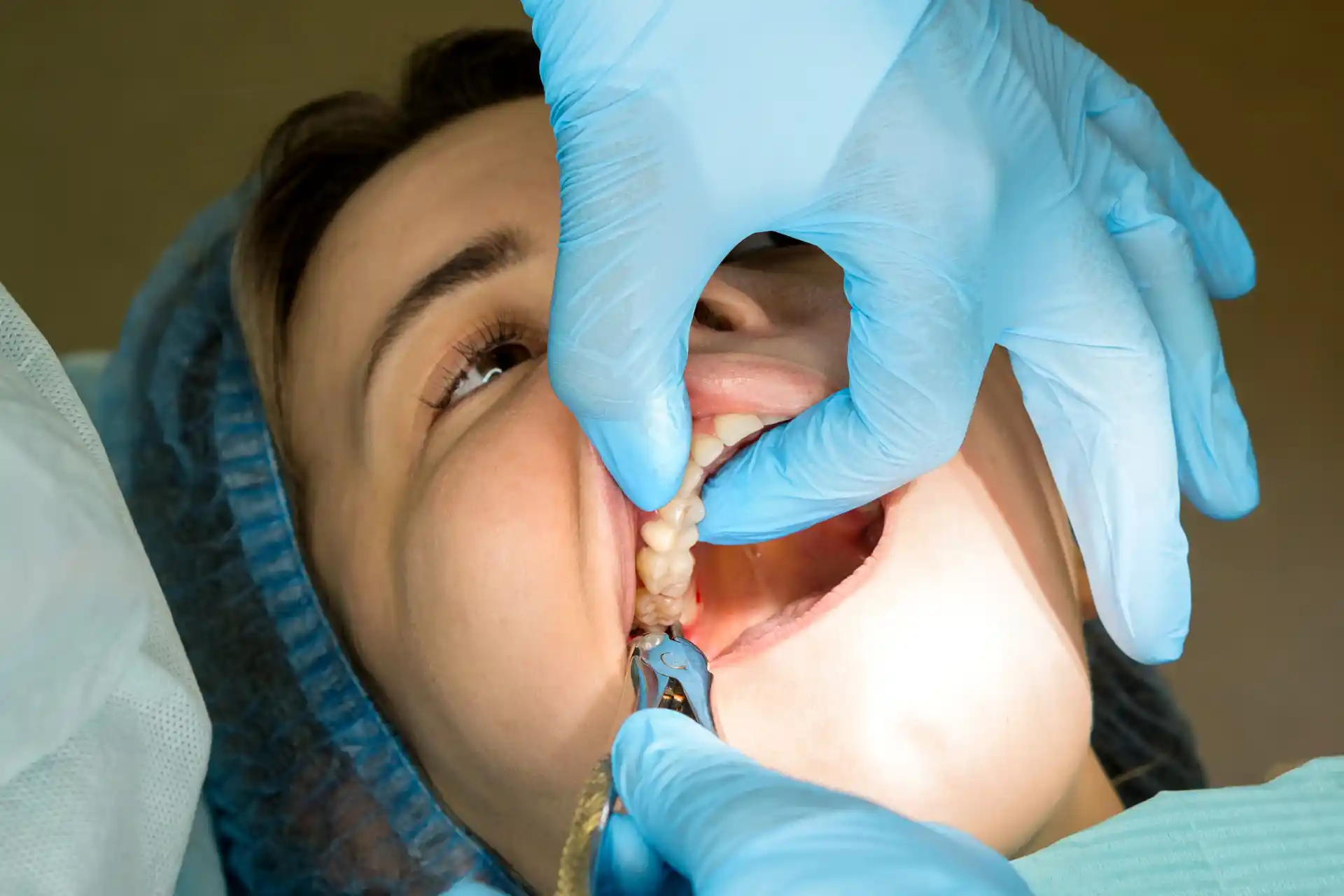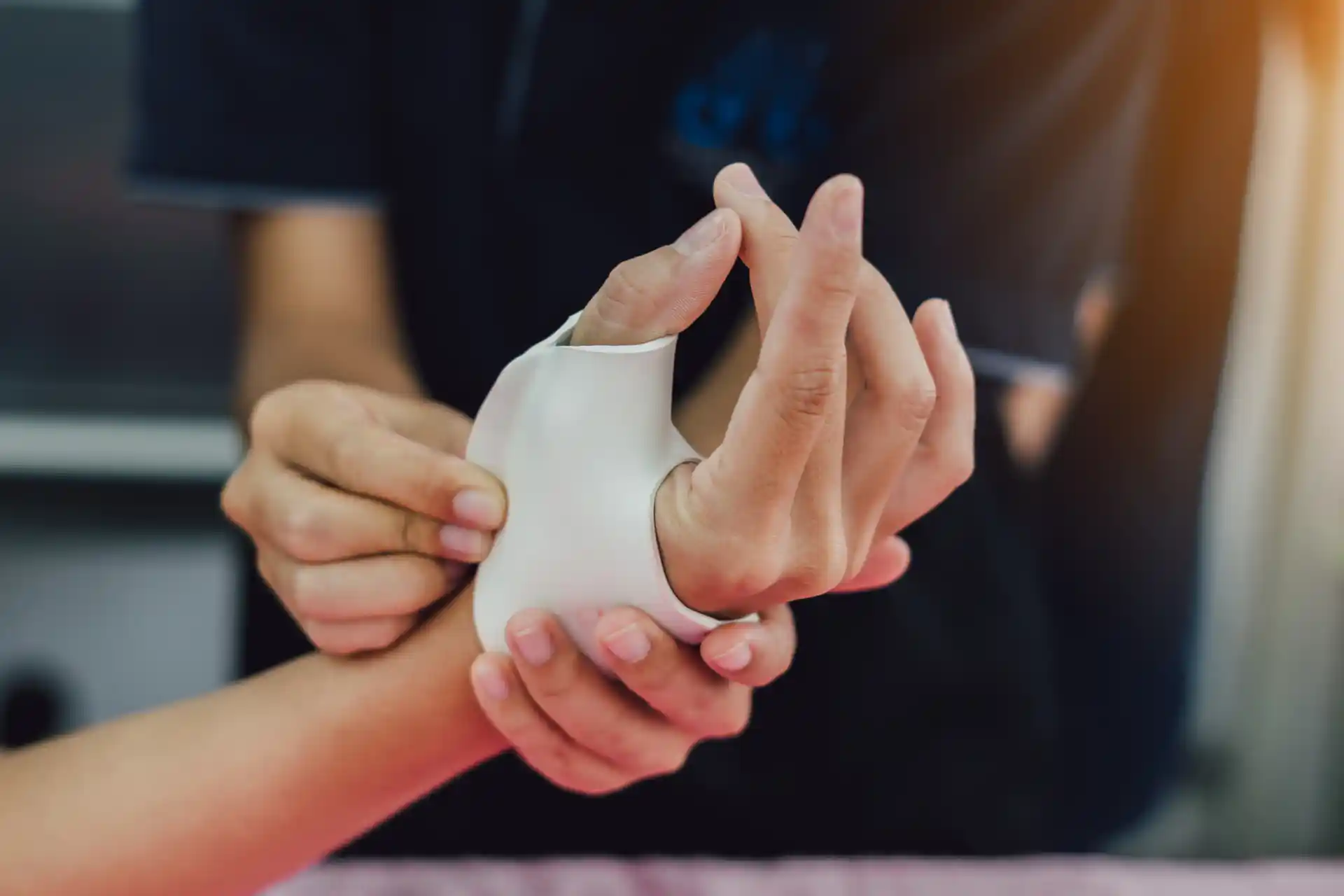Understanding Sciatica Hip Pain
If you're experiencing hip pain that radiates down your leg, it's possible that you may be dealing with sciatica. Understanding what sciatica is and how it relates to hip pain can help you find effective solutions to alleviate your discomfort.
What is Sciatica?
Sciatica refers to the pain that occurs along the path of the sciatic nerve, which is the longest nerve in the body. This nerve originates in the lower back, runs through the hips, buttocks, and down the back of each leg. When the sciatic nerve becomes compressed or irritated, it can lead to pain, numbness, tingling, and weakness in the affected leg.
Sciatica is not a condition itself, but rather a symptom of an underlying problem. The most common cause of sciatica is a herniated disc in the lumbar spine, which puts pressure on the nerve roots that form the sciatic nerve. Other causes may include spinal stenosis, bone spurs, muscle tightness, or even pregnancy.
The Connection Between Sciatica and Hip Pain
The hip joint is located near the path of the sciatic nerve, which is why hip pain often accompanies sciatica. When the sciatic nerve is compressed or irritated, it can cause referred pain in the hip, making it difficult to pinpoint the exact source of the discomfort.
The pain from sciatica may radiate from the lower back into the hip and buttock area, and then continue down the back of the thigh, sometimes reaching the calf and foot. This pain can vary in intensity, from a mild ache to a sharp, shooting sensation. It may worsen with certain movements, such as sitting for prolonged periods, bending forward, or lifting heavy objects.
It's important to note that not all hip pain is directly related to sciatica. Other conditions, such as hip joint arthritis or bursitis, can also cause hip discomfort. Therefore, it's essential to consult with a healthcare professional to accurately diagnose the cause of your hip pain and determine the most appropriate treatment.
To learn more about the symptoms and diagnosis of sciatica, visit our article on how do I know if I have sciatica. Understanding the underlying cause of your hip pain is the first step towards finding effective solutions for relief.
Causes and Symptoms
If you're experiencing hip pain that radiates down the leg, it's possible that you may be dealing with sciatica. Understanding the common causes and symptoms associated with sciatica hip pain is essential in finding effective solutions for relief.
Common Causes of Sciatica Hip Pain
Sciatica hip pain is primarily caused by compression or irritation of the sciatic nerve. Several factors can contribute to this condition, including:
- Herniated Disc: When the gel-like cushion (disc) between the vertebrae in your spine bulges or ruptures, it can put pressure on the sciatic nerve roots, leading to hip pain.
- Spinal Stenosis: This condition occurs when the spinal canal narrows, causing compression of the nerves, including the sciatic nerve.
- Piriformis Syndrome: The piriformis muscle, located in the buttock region, can sometimes become tight or spasmed, compressing the sciatic nerve.
- Degenerative Disc Disease: The natural wear and tear of the spinal discs over time can lead to disc degeneration, potentially resulting in sciatic nerve compression and hip pain.
- Spondylolisthesis: This condition involves the displacement of one vertebra over another, which can put pressure on the nerve roots and cause hip pain.
Symptoms to Look Out For
Sciatica hip pain is characterized by certain symptoms that can vary from person to person. Common symptoms associated with sciatica include:
- Persistent pain in the hip and buttock region that may radiate down the back of the leg.
- Tingling or numbness sensation in the hip, thigh, or leg.
- Muscle weakness or difficulty in moving the leg or foot.
- Shooting pain that worsens with certain movements, such as walking, sitting, or standing for long periods.
It's important to note that sciatica symptoms can be different for each individual. If you're experiencing any of these symptoms, it's advisable to consult a healthcare professional for an accurate diagnosis. They can help determine the underlying cause of your hip pain and provide appropriate treatment options.
In the next section, we will explore effective solutions for relieving sciatica hip pain, including self-care remedies, physical therapy, and medical interventions. By addressing the causes and symptoms of sciatica, you can take steps towards reclaiming your life from the discomfort and limitations caused by this condition.
Effective Solutions for Relief
If you're experiencing sciatica hip pain, there are several effective solutions that can help provide relief. These solutions range from self-care and home remedies to physical therapy and exercise, as well as medical interventions and treatments.
Self-care and Home Remedies
Self-care and home remedies can often alleviate mild to moderate sciatica hip pain. Here are some strategies you can try:
- Applying a cold pack or ice pack to the affected area for 20 minutes at a time, several times a day, can help reduce inflammation and numb the pain.
- Alternating between cold and hot packs can provide additional pain relief and promote healing.
- Practicing good posture and avoiding prolonged sitting or standing can help alleviate pressure on the sciatic nerve.
- Using over-the-counter nonsteroidal anti-inflammatory drugs (NSAIDs) such as ibuprofen or naproxen can help reduce pain and inflammation. However, it's important to follow the recommended dosage guidelines and consult with a healthcare professional if necessary.
- Engaging in gentle stretching exercises, such as sciatica stretches, can help relieve tension and improve flexibility.
Physical Therapy and Exercise
Physical therapy and exercise are essential components of managing sciatica hip pain. A physical therapist can develop a tailored exercise program to strengthen the supporting muscles, improve flexibility, and alleviate pain. Common exercises may include:
- Core strengthening exercises to improve stability and support the lower back.
- Stretching exercises targeting the hip, lower back, and leg muscles to reduce tension on the sciatic nerve.
- Low-impact aerobic exercises like walking or swimming to promote circulation and overall fitness.
Physical therapy sessions may also include other modalities such as ultrasound therapy, electrical stimulation, or massage to further alleviate pain and promote healing.
Medical Interventions and Treatments
In some cases, medical interventions and treatments may be necessary to manage sciatica hip pain. These options are typically reserved for severe or chronic cases that do not respond to conservative treatments. Some medical interventions and treatments include:
- Epidural steroid injections: These injections deliver corticosteroids directly to the affected area to reduce inflammation and provide pain relief.
- Prescription medications: In more severe cases, prescription medications such as muscle relaxants or narcotics may be prescribed for short-term pain management. However, it's important to use these medications under the guidance of a healthcare professional.
- RELIEF®: A scientifically backed, minimally invasive treatment to address sciatica, with a focus on reducing inflammation and promoting natural healing in the tissues around the sciatic nerve, without the need for surgery, steroids or sedation.1,2,3
- Surgery: Surgery is usually considered a last resort when all other treatments have been exhausted. Surgical options may include discectomy, laminectomy, or spinal fusion, depending on the underlying cause of the sciatica.
It's important to consult with a healthcare professional to determine the most appropriate solution for your specific condition. They can evaluate your symptoms, conduct any necessary tests, and recommend the best course of action.
Remember, what works for one person may not work for another. It may take some trial and error to find the most effective solution for your sciatica hip pain. By combining different approaches and seeking professional guidance, you can increase your chances of finding relief and reclaiming your life from the discomfort of sciatica.
Prevention and Long-Term Management
When it comes to sciatica hip pain, prevention and long-term management are key to minimizing discomfort and maintaining a healthy back. By making certain lifestyle changes, taking care of your back, and seeking professional help when needed, you can effectively manage sciatica and reduce the frequency and intensity of hip pain.
Lifestyle Changes for Prevention
Making certain lifestyle changes is crucial in preventing sciatica hip pain. Here are some recommendations:
- Maintain good posture: Practice good posture while sitting, standing, and walking to reduce stress on your back and hips.
- Exercise regularly: Engage in regular physical activity to strengthen your back and core muscles, which can provide support to your spine and alleviate pressure on the sciatic nerve. Consult with a healthcare professional or physical therapist for appropriate exercises and stretches targeting your specific needs. For some effective sciatica stretches, check out our article on sciatica stretches.
- Maintain a healthy weight: Excess weight can put additional strain on your back and exacerbate hip pain. Maintain a healthy weight through a balanced diet and regular exercise to reduce the risk of developing or worsening sciatica.
- Practice proper lifting techniques: When lifting heavy objects, use your legs instead of your back to avoid straining the sciatic nerve.
Maintaining a Healthy Back
Taking care of your back is essential for long-term management of sciatica hip pain. Here are some tips to maintain a healthy back:
- Practice good ergonomics: Ensure that your workspace is ergonomically designed to support your back and promote proper posture. Adjust your chair, desk, and computer screen to the appropriate height and position.
- Take breaks: If you have a sedentary job, take regular breaks to stretch and move around. Prolonged sitting can contribute to back pain and worsen sciatica.
- Lift with care: When lifting objects, use proper lifting techniques and avoid putting excessive strain on your back.
- Sleep on a supportive mattress: Invest in a mattress that provides adequate support for your back. Sleeping on a firm or medium-firm mattress can help maintain proper spinal alignment.
Seeking Professional Help when Needed
While self-care measures can be effective in managing sciatica hip pain, it's important to seek professional help when needed. Here are some instances where professional assistance may be necessary:
- Persistent or worsening pain: If your hip pain persists or worsens despite self-care efforts, it's important to consult with a healthcare professional. They can assess your condition, provide a proper diagnosis, and recommend appropriate treatment options.
- Severe symptoms: If you experience severe pain, loss of bladder or bowel control, or weakness in your legs, seek immediate medical attention, as these symptoms may indicate a more serious underlying condition.
Remember, each individual's experience with sciatica hip pain is unique, and what works for one person may not work for another. By adopting a proactive approach and incorporating lifestyle changes, you can effectively prevent and manage sciatica hip pain, improving your overall quality of life.
If you’re considering RELIEF® for yourself or a loved one dealing with sciatica symptoms, without the need for surgery, steroids or sedation, contact us to learn more.






.svg)